Welcome to episode 17, which is going to be a bit of a Christmas special. Last week I visited Shirakawagou, in the Gifu Prefecture, here in Japan. Shirakawagou is actually the old name for the Shirakawa village that is now part of a town called Ogi Town, and contains a multitude of buildings that have what are called Gasshouzukuri roofs. The word Gasshouzukuri literally translated means “built in the shape of praying hands”, because the steep sided roofs resemble the shape made when putting two hands together in prayer.
The village was designated a UNESCO World Cultural Heritage site in 1995. I’ll add a link to the Unesco site with a description and maps etc to the show notes, in case you’re interested.
Before I move on to the photos, I’d first like to say that visiting cold places causes technical problems and can put you at risk with respect to your personal safety. When I got back to you my car on Sunday morning, it showed me that the outside temperature was minus 7 degrees Celsius, or 19 degrees Fahrenheit, which is not as cold as when I was shooting Japanese Red-Crowned Cranes in Hokkaido, the northern most island of Japan, but it is cold enough to cause problems if you are not prepared.
Firstly, you need to dress for the occasion. Don’t tell anyone, but I usually wear long thermal under-trousers and long sleeved thermal underway when in subzero conditions. I also wear warm padded over trousers and for my upper body, one or more fleece shirts. I warm sweater or pullover will also work, but if you get wet at all, fleece will dry pretty quickly. They are also lightweight, so if you do a lot of walking or climbing in the cold too, this will help. Also, depending on just how cold it is, I’ll wear either a thin waterproof jacket, or a down jacket. Both of which are Gore-Tex, with is a fabric that keeps out the rain, but allows moisture to escape, which again, is useful if you are going to get active while in the cold. Some might find it surprising, but you can still get pretty sweaty even at sub-zero temperatures once you start walking for a while or climbing hills etc. I also carry with me a pair of Gore-Tex over-trousers, in case I’m going to be walking for any distance in deep snow. As the snow melts on your legs you will soon get pretty wet if your leggings aren’t waterproof. You’ll also need a hat or warm hood on your jacket to protect your head. If you go for a hat rather than a hooded jacket, choose something that also covers your ears. I find that having cold ears can make life pretty miserable in harsh conditions.
You’ll also need some good waterproof, and slip proof boots. If you intend to do any real walking, I suggest some warm winter hiking books. If you are not going to go far from your car, a pair of Wellington boots will be OK, but make sure they have good soles that will prevent you from slipping on ice. If you go for some hiking boots, the assistant at the outdoor shop should be able to offer advice on something that has good soles that don’t slip in snow and ice and are also warm.
Warmth is important, especially if you are going to be standing in one place waiting for something to happen. One item I sometimes use are a Japanese thing called Kairo. These are small packets of some kind of rock or mineral or something that warm up when they come into contact with the air. Basically they are in airtight packages, and when you break the seal they get hot. I have some that are specially made to drop into your footwear, and this really does help to keep you warm when standing on snow or ice for any length of time.
I’m sure you can get something similar in your own country, probably from an outdoor store or maybe even from a drug store, or chemist, depending on which side of the pond you live. You can also get Kairo that you can drop into your pockets, which is also helpful for keeping your spare batteries warm. This leads me on to the other problem area, which is keeping your equipment working.
Now, most camera manuals say that the camera will operate normally down to freezing point. That’s 0 degrees Celsius or 32 degrees Fahrenheit. I have used Canon digital SLRs in temperatures down to minus 20 Celsius, or minus 4 Fahrenheit, and have yet to have any lasting issues, but you will find that battery life is greatly reduced in the cold. What I usually do is keep a couple of sets of spare batteries in my trouser pocket or inside jacket pocket, and often with a Kairo in there too. Then when the batteries go dead which is usually about twice as fast as in normal temperature, I change them for some warm ones. I then put the warn-down batteries into another pocket, to keep them warm, but away from the fully charged other spare batteries. If I should go through all my charged spares, then I go back to the ones that went dead earlier. You often find that warming them up will give you some more time.
The other thing you’ll need to do if it is actually snowing is keep your camera dry. If you use a professional camera like the Canon 1 series, it is waterproofed, so as long as you also have a waterproofed lens, you don’t really need to worry about this, but for most other cameras, you’ll need to take some precautions to keep the melting snow from getting inside. I usually do one of two things. I’ll use a large cloth in snowy conditions when it’s not so cold, and just throw it over the camera when I’m not shooting, then raise it up from the front of the lens and eyepiece to shoot. If it is really cold or I’m going to be outside for long periods of time, I use a padded jacket to protect that goes over the body of my camera and the first 15 centimeters or so of the lens to keep them warm, but also to keep the snow off. This method is the best for keeping things warm, but it’s a pain if you are going to be changing lenses. Also, you’ll have to take it off to change your film or memory card. This can be a bit of a pain too. The jacket I have has a hole, like a sleeve on the right hand side for sliding your hand in to operate the camera, and a hole in the back for looking through the view finder, and also for checking the image on the LCD when using digital.
Oh yes, one other thing I just remembered… I also usually keep a bar of chocolate or something with me if I am going to be standing out in the cold for a long time. I find that chocolate can give you a quick burst of energy if you start to feel low, and can help to give you a little more time shooting before having to go and feed yourself properly. Of course, if you are in it for the long haul, you’ll need to prepare something warm to drink and something that you can eat at your shooting location.
So, that’s about it for keeping yourself and your equipment going in cold weather. Let’s look at some photos from my recent visit to Shirakawagou.
First let’s take a look at shot number 779, which to me is just like something from a Christmas card. I just drove 333 miles, or 537 kilometers across Japan mostly in the snow to get here, and I’d arrived late on Saturday. It was 16:14 when I took this shot and I had another 19 minutes of shooting before it would be too dark to shoot without my tripod. I wouldn’t have time to use my tripod at this point, as I was trying to get as many shots as possible before dark. So I cranked the ISO up to 320 started shooting. I had an aperture of F8 set to get some reasonable depth of field and I was relying on the lenses image stabilizer to keep the shot sharp at 1/13 of a second. I also chose a slow shutter speed to allow the snow falling at an angle to leave a trail in the image, adding to the wintry feel of the shot.
By the way, if you have forgotten to send someone a Christmas card, you can send this and any other photo from my site as an e-card to anyone that has a mail address. When you view the images in my gallery at martinbaileyphotography.com you will see a button above the photo with an arrow moving out of a box. If you place your mouse over the buttons above the image, you will see what they do in the tool tips that popup. The button you want will say “send this file as an e-card”. Just click this button and add your name and email address, and the name and email address of who you want to send the card to. You can also add a title and a message for the person that will receive the card. This option can be used by non-members as well, so feel free to give it a try. If you are a member and logged on, your name and email address will be filled in for you automatically.
Anyway, enough about that, let’s take a look at the next shot, which is number 780. This was taken two and a half minutes after the last shot we viewed above, and is one of my favourites from this shoot. It’s a simple image, with a storehouse place low in the bottom left of the image, but the snow falling heavily and the trees on the hill in the back of the shot just seem so bleak. It really portrays for me the harshness of the winter the Shirakawagou villagers have to endure for four to five months of each year. This too was shot at ISO 320, but the light was fading quickly, so now I was at F5.6 for 1/15 of a second. I also didn’t need as much depth of field as for the last shot, as all subjects were quite far away from me.
The next photo, number 782, is probably the favourite from this shoot. It doesn’t contain one of the gasshouzukuri roof houses, but the tree in the foreground here is laden with orange-red persimmon fruit that didn’t fall off before the snows hit. The reds are very Christmassy too, so this might be another candidate for an e-card. I’m still at F5.6 here but had raised the ISO to 400 to brighten up the shot with the fruits a little. Notice here I’d again added the small storehouse, but now it plays just a small part, to add that little something to the shot. I got a few more shots around here, but as I had still not found a place to stay for the night, and it was almost dark, I decided to wrap up for now and come out again after dark to capture the buildings when lit up against the black sky with the white snow all around. By the way, I’ve uploaded a total of 20 shots from this location to my web site, and I’ll include a link to list them all in the show notes if you’re interested in seeing the one’s I’ve not included in this Podcast.
After finding a place to stay and eating dinner I went back out for an hour or so to see what I could shoot. With the next photo, I just want to interject a couple of points on white balance… Let’s take a quick look at photo number 785. This is a nice warm wintry shot. I had used the WhiBal card mentioned in episode 14 to white balance all shots from this shoot, but this location was actually lit with very warm orange lighting, as in the windows of the cottages, and white balancing it perfectly removed this effect, so I warmed it back up a little in Digital Photo Professional by selecting a colour temperature of 3800 Kelvin before exporting to Photoshop. I don’t know exactly what the colour temperature was that I set with as my custom white balance using the WhiBal, but I’d say it was about 2800 kelvin. This did produce perfect whites, but as I say, I wanted to bring it back to the warmer lighting. I guess the lesson to be learned here is that white balance is important, but faithfully reproducing the effects that the ambient light has on your subject is another artistic choice we have. Just something to bear in mind.
I said a couple of things on white balance… The other thing is snow is pretty much always going to be perfectly white, so if you don’t want keep the mood of the ambient light as I did in the last shot, you could just click anywhere on the snow in your RAW processing software to get a white reference after the shoot if you don’t have a WhiBal or other gray or white card handy. Of course you have to be shooting RAW to make this adjustment after the event.
The next photo today is number 787, which was taken actually just after the last shot when all of the lights went out. The little light from the town now meant an exposure of 20 seconds at F8, which an ISO of 400 set. The light reflecting from the snow is the only real light in the shot, giving it, for me at least, an almost mystic feel.
After shooting this we went back to the guest house, which was by the way the building furthest away of the two in the shot that I warmed up in DPP, number 785. It was an incredible experience to stay in a building that is registered as world cultural heritage. But let me tell you, it was soooo coooold. There was a heater in our room, but most old Japanese houses, including these, have no central heating and no double glazing etc. The doors are usually sliding wooden doors that have aren’t sealed well. The windows are also like sliding doors, but on the inside often have a paper screen, which does act as a shield against the cold. But still, the surrounding being what they are and the fact that you have to turn the heater off while sleeping, it was 2 degrees Celsius or 36 Fahrenheit. I’m not usually too bothered by the cold, but I must admit to waiting until the heater I turned back on at 6:30AM to warm the room to 10 degree C or 50 Fahrenheit before daring to get out of bed. An excellent experience all the same.
So, moving on to the last photo I want to show you today, which is number 793, that I shot during an hour or so walk through the village on the Sunday morning before the ten hour drive back to Tokyo in the snow. I’m just really throwing this in to mention the composition that I chose and the reasons for doing so. I framed the cottages in the background with the two foreground buildings, and I also like this shot because you can see part of a rice paddy with the cut stalks sticking out of the, for some reason unfrozen, water. This for me enforces the fact that this idyllic snow-belt village is actually in Japan. The wintry trees in the background round this off for me. I hope you guys like it too.
Remember, you can send this and any of the images on my Web site as e-cards to anyone with an email address.
Also note that I will be selecting the winner of MBP Member’s Prize for December. So if you want to be in with a chance of winning an original print of any of the shots in my online gallery, up to A3+ paper size, all you need to do is, if you are not already a member, register in my forum at martinbaileyphotography.com and if you are a member, just login and make one or more posts this month before midnight GMT on the 31st of December.
So I guess I’d better wrap this up, and get on with my own Christmas. I am hoping to get out and about a little over the holidays if I can finish up a few other jobs, so I don’t know if I’ll be doing a New Year show next week. If I don’t get a chance to speak to you until next year, please do have not just a very Merry Christmas but also a totally Happy New Year each and every one of you…
Bye bye.
Show Notes
The Music in the first 28 Podcasts is copyright of William Cushman © 2005, used with kind permission.
Subscribe in iTunes for Enhanced Podcasts delivered automatically to your computer.
Download this Podcast in MP3 format (Audio Only).


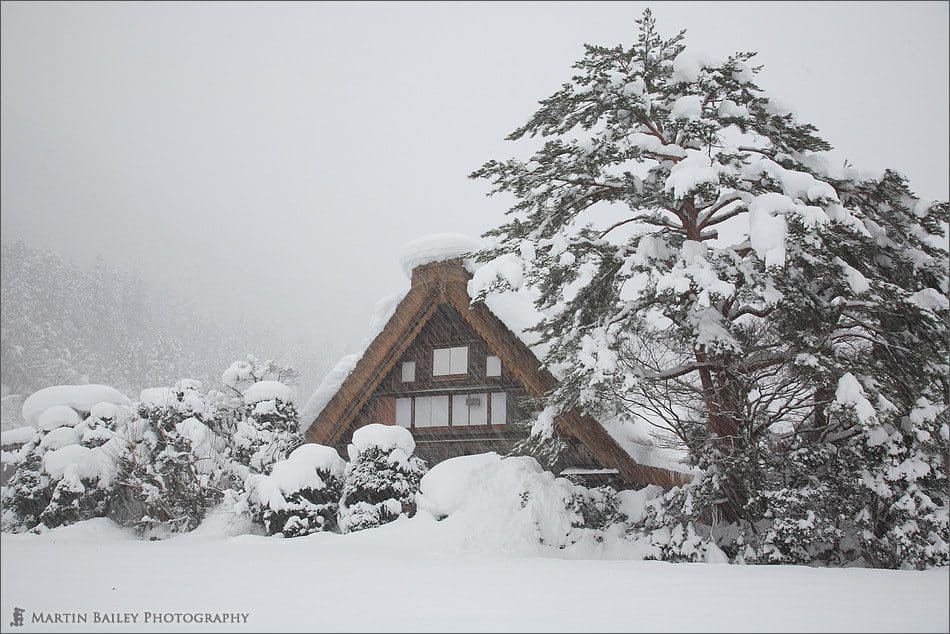
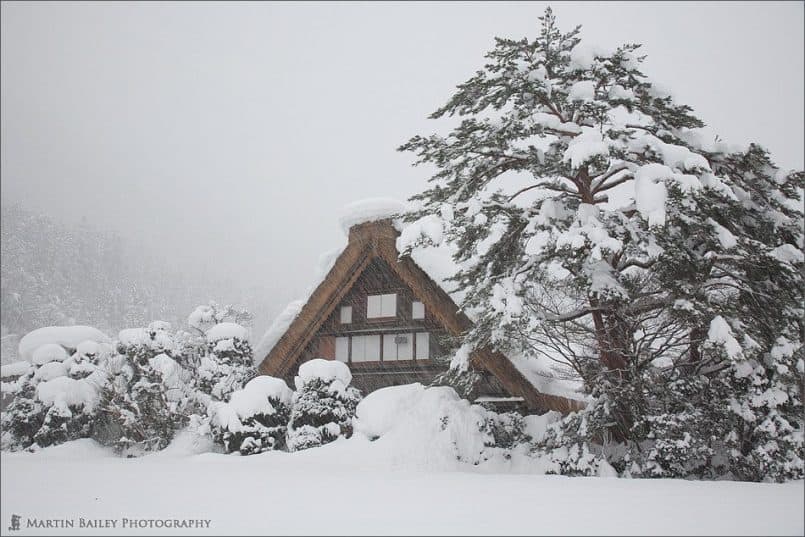
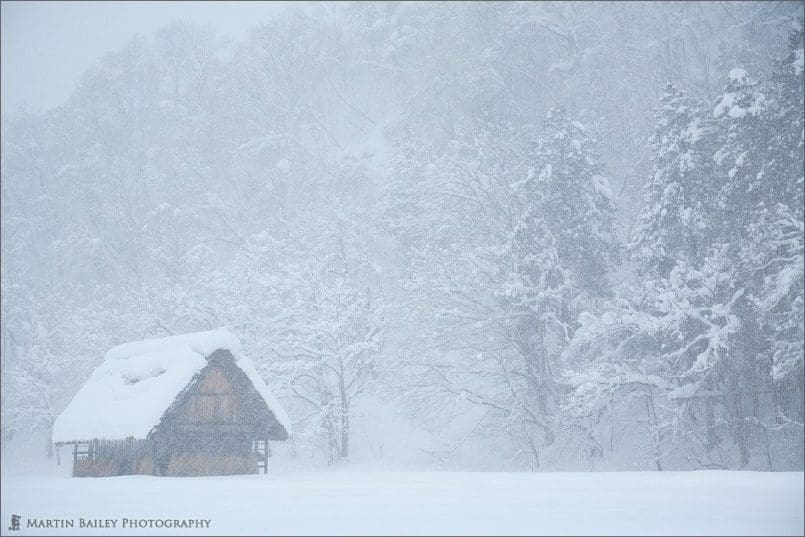
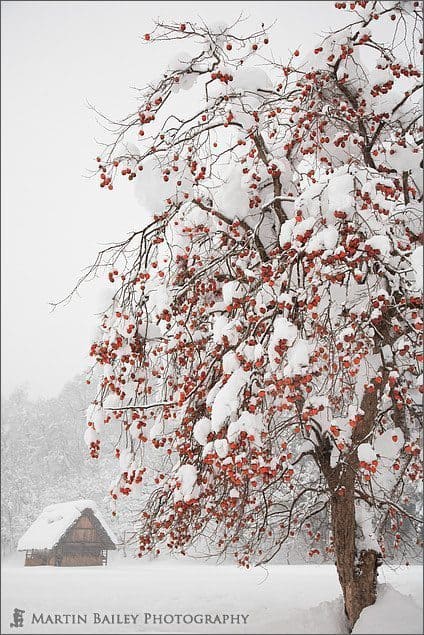
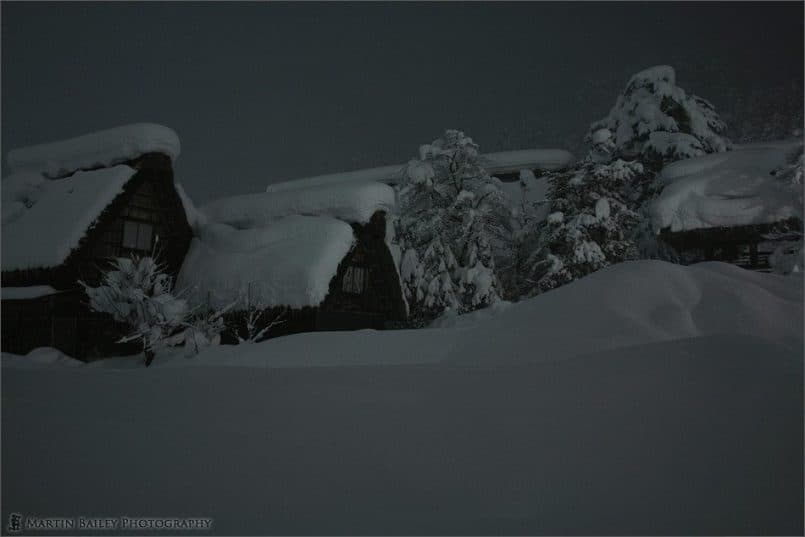
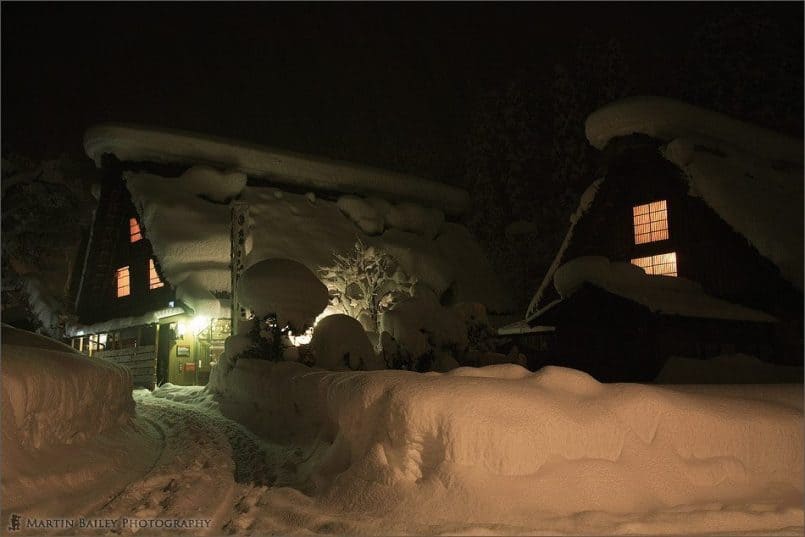
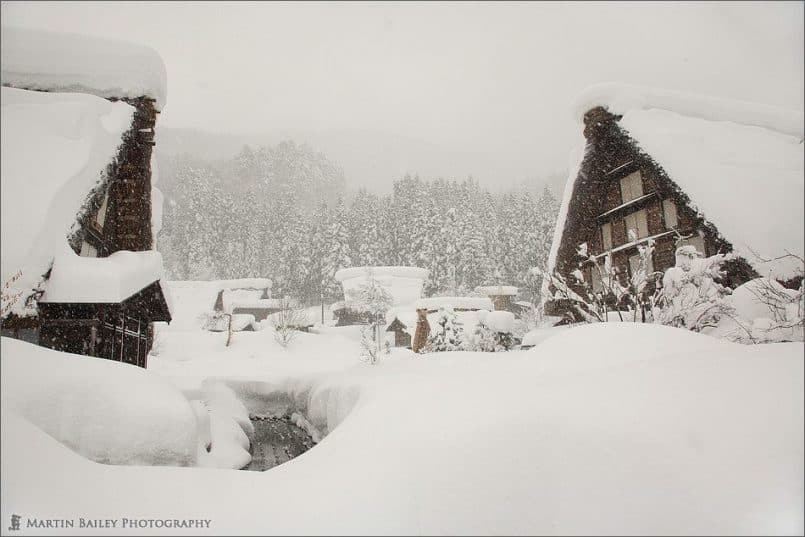

0 Comments